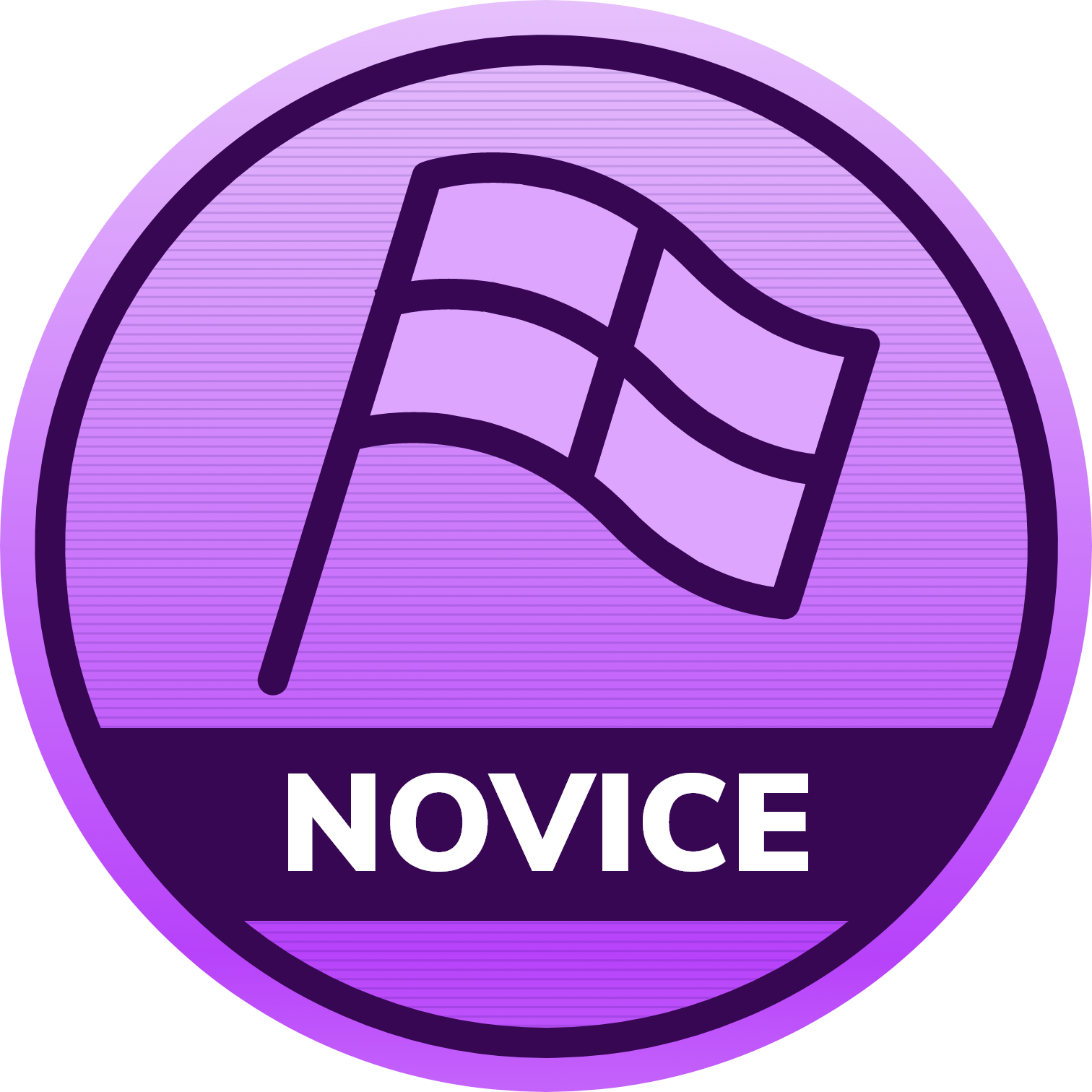Hey, we’re going to start a company. Employees will be given Android devices for work. We have to deploy and configure apps on the devices. However, we don’t need to control the devices. Is it possible with Hexnode?
- Home
- App Management
- manage android apps
manage android appsSolved
 1200 Views
1200 Views
Replies (2)
Hi @monserrat,
Thanks for reaching out to us.
Hexnode’s Mobile App Management enables you to manage and secure apps and app data by providing granular control at the application level. Since Hexnode is not a pure Mobile App Management solution, you cannot manage apps without managing the entire device. However, you can utilize the App Management section in Hexnode to manage your apps.
You can add Google Play Store apps, enterprise apps, and Managed Play Store apps to the Hexnode App Inventory, which can be pushed to the devices from the portal later. You can access the Hexnode App Inventory by clicking on the Apps tab in the portal.
There is a set of policies under Policies > Android > App Management to manage all types of apps on the devices. With the Mandatory Apps policy, you can remotely deploy enterprise, Play Store, and Managed Play Store apps to your employee’s devices from the Hexnode portal. The apps pushed to the devices via the policy will be automatically updated. Also, suppose the user uninstalls apps installed using the policy. In that case, the device will be marked as non-compliant on the portal, and the app will be automatically reinstalled on the device. You can block unwanted apps and allow required apps on the devices using the Blacklist/Whitelist policy. With the App Catalog policy, you can create a customized Play Store on employees’ devices with the apps required for your business needs. Hence, your employees can download required apps from the catalog and prevent them from running the wrong apps.
Using the Web Content Filtering policy (Policies > Android >
If any apps use more cellular or Wi-Fi data, you can restrict data usage of apps by navigating to Policies > Android > Network Data Usage Management > App Wise Restrictions and adding required apps to the policy.
Many other app management features are available in Hexnode, such as restricting access to the Google Play Store, preventing app installation from unknown sources, verifying the apps’ credibility before installing it, etc. The above-mentioned features can be found under Policies > Android > Advanced Restrictions > Allow App Settings.
You can also remotely install apps on devices using the Install Applications (Manage > Devices > Actions > Install Applications) remote action. If you no longer need apps on your employees’ devices, you can remotely uninstall them by utilizing the Uninstall Application remote action (Manage > Devices > Actions > Uninstall Applications).
Please check out our help doc on Android app management to know more.
Hope this helps. Do reach out if you have any further queries.
Cheers!
Evin Lee
Hexnode UEM
To manage Android apps, you can use the Google Play Store app, which is pre-installed on most Android devices, or a third-party app management tool. Here are some common tasks you can perform to manage Android apps:
- Install and update apps: You can use the Google Play Store app to search for, download, and install new apps. The Play Store will also notify you when updates to your installed apps are available, and you can choose to update them manually or set up automatic updates.
- Uninstall apps: To remove an app from your Android device, go to the Settings app and select “Apps & notifications.” You can select the app you want to uninstall and tap “Uninstall.”
- Manage app permissions: Android apps require certain permissions, such as access to your camera or location, to function properly. You can manage these permissions for each app by going to the Settings app, selecting “Apps & notifications,” and selecting the app you want to manage.
- Clear app data and cache: If you’re experiencing issues with an app, you can clear its data and cache. Go to the Settings app, select “Apps & notifications,” and select the app you want to manage. From there, you can tap “Storage & cache” and then choose to clear the app’s data or cache.
- Use a third-party app management tool: Several third-party app management tools for Android can provide additional features for managing apps, such as backup and restore app cloning and app lock. Some popular app management tools include AppMgr III, Advanced Task Manager, and ES File Explorer.
These are just a few examples of how to manage Android apps. Depending on your specific needs, you may need to perform additional tasks, such as managing app notifications or setting up parental controls.



